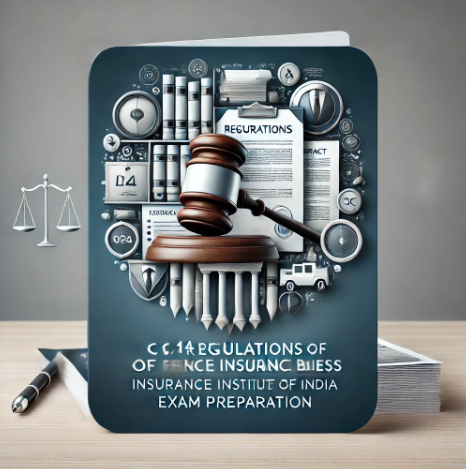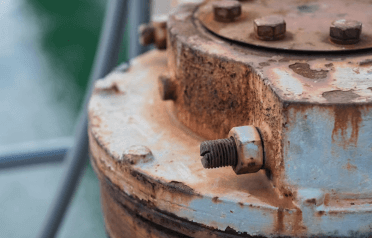Question
a.
Q = -k0 (1 + β t) A d t/d x
b.
Q = k0 (1 + β t) A d t/d x
c.
Q = – (1 + β t) A d t/d x
d.
Q = (1 + β t) A d t/d x
Posted under Heat Transfer
Interact with the Community - Share Your Thoughts
Uncertain About the Answer? Seek Clarification Here.
Understand the Explanation? Include it Here.
Q. With variable thermal conductivity, Fourier law of heat conduction through a plane wall can be expressed as
Similar Questions
Explore Relevant Multiple Choice Questions (MCQs)
Q. The inner and outer surfaces of a furnace wall, 25 cm thick, are at 300 degree Celsius and 30 degree Celsius. Here thermal conductivity is given by the relation
K = (1.45 + 0.5 * 10¯⁵ t²) KJ/m hr deg
Where, t is the temperature in degree centigrade. Calculate the heat loss per square meter of the wall surface area?
View solution
Q. A plane wall of thickness δ has its surfaces maintained at temperatures T₁ and T₂. The wall is made of a material whose thermal conductivity varies with temperature according to the relation k = k₀ T². Find the expression to work out the steady state heat conduction through the wall?
View solution
Q. The mean thermal conductivity evaluated at the arithmetic mean temperature is represented by
View solution
Q. With respect to the equation k = k0 (1 +β t) which is true if we put β = 0?
View solution
Q. If β is greater than zero, then choose the correct statement with respect to given relation
k = k0 (1 +β t)
View solution
Q. The unit of thermal conductivity doesn’t contain which parameter?
View solution
Q. The temperatures on the two sides of a plane wall are t1 and t2 and thermal conductivity of the wall material is prescribed by the relation
K = k0 e^(-x/δ)
Where, k0 is constant and δ is the wall thickness. Find the relation for temperature distribution in the wall?
View solution
Q. “If β is less than zero, then with respect to the relation k = k0 (1 + β t), conductivity depends on surface area”. True or false
View solution
Q. A cable of 10 mm outside is to be laid in an atmosphere of 25 degree Celsius (h = 12.5 W/m² degree) and its surface temperature is likely to be 75 degree Celsius due to heat generated within it. How would the heat flow from the cable be affected if it is insulated with rubber having thermal conductivity k = 0.15 W/m degree?
View solution
Q. Chose the correct one with respect to critical radius of insulation
View solution
Q. A heat exchanger shell of outside radius 15 cm is to be insulated with glass wool of thermal conductivity 0.0825 W/m degree. The temperature at the surface is 280 degree Celsius and it can be assumed to remain constant after the layer of insulation has been applied to the shell. The convective film coefficient between the outside surface of glass wool and the surrounding air is estimated to be 8 W/m² degree. What is the value of critical radius?
View solution
Q. For an object i.e. spherical the value of critical radius would be
View solution
Q. Maximum value of critical radius is
View solution
Q. An electric cable of aluminum (k = 240 W/ m degree) is to be insulated with rubber (k = 6 W/ square meter degree). If the cable is in air (h = 6 W/square meter degree). Find the critical radius?
View solution
Q. The value of critical radius in case of cylindrical hollow object is
View solution
Q. A wire of radius 3 mm and 1.25 m length is to be maintained at 60 degree Celsius by insulating it by a material of thermal conductivity 0.175 W/m K. The temperature of surrounding is 20 degree Celsius with heat transfer coefficient 8.5 W/ m² K. Find percentage increase in heat loss due to insulation?
View solution
Q. A pipe of outside diameter₂0 mm is to be insulated with asbestos which has a mean thermal conductivity of 0.1 W/m degree. The local coefficient of convective heat to the surroundings is 5 W/square meter degree. Find the critical radius of insulation for optimum heat transfer from pipe?
View solution
Q. For insulation to be properly effective in restricting heat transmission, the pipe radius r0 will be
View solution
Recommended Subjects
Are you eager to expand your knowledge beyond Heat Transfer? We've handpicked a range of related categories that you might find intriguing.
Click on the categories below to discover a wealth of MCQs and enrich your understanding of various subjects. Happy exploring!








